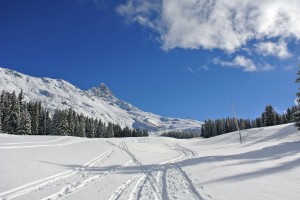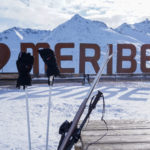Snow – The Facts
To some snow may just be “the white stuff” that either causes travel delays, is good for snowball fights or good for siding down hills. To the more geeky,;p’[ it is (1) an ice particle formed by sublimation of vapor in the atmosphere (2) a collection of loosely bonded ice crystals deposited from the atmosphere; high density snow (greater than 550 kilograms per cubic meter; 34 pounds per cubic foot) is called firm if it is older than one year.
So we thought it might be helpful to create a quick guide to snow.
How it forms.
The conditions must be right for snow to form. Up in the atmosphere it must be below zero degrees and there has to be a minimum amount of moisture in the air. Of course the ground needs to also be below zero for it to fall and settle. Some people claim that it can be too cold to snow, this in actually an old wife’s tale. A snow flake starts life when the moisture in the air freezes to make an ice crystal, these then stick together to form a snowflake. Once the snowflake is heavy enough it will fall to the ground.
Types of snow
For the purposes of this article we are just going to look at wet snow and dry snow. The snow that we are less interested in is wet snow. Wet snow is good for making snowmen, which would suggest that it is sticky and not great for sliding on. Wet snow occurs when the temperature is slightly warmer than the optimum zero degrees, the temperature melts the edges of the flakes causing them to stick together and create bigger heavy flakes. The good stuff is the dry snow which forms small powdery flakes that don’t stick together.
Working out what type of snowfall it is
The snow is falling and you’re putting off your venture to the lifts, in the end you go out and have fun and get cold, but how many times have you claimed to have skied in a blizzard? The chances are you didn’t. Here are the definitions of types of snow fall for next time. To be defined as a blizzard the snow fall must last three or more hours, be in sub-zero temperatures, have a strong wind and the visibility must be less than a quarter of a mile. A snow storm is when there has been a large amount of snow fallen. And a now flurry is when snow falls in varying degrees of intensity with little or no obvious build up on the ground.
The snowpack
This is the name given to the snow on the ground or snow cover. Once the snow has settled, being either wet or dry, it undergoes another transformation, some snow will become several types of snowpack in its lifetime. To start with it will be called new snow, and if it is dry snow it is actually called powder snow. After a while this snow goes on to become Névé snow which is newish snow that has melted slightly, been frozen again and then compacted, this type of snowpack is what most of us will ski on. Most snow will melt after a season, the snow that doesn’t will probably have settled on a glacier. This is actually how glaciers form, (but that is a different article).
A few other things you might need to know
Do you know what a cornice is? Well you should, as they can present serious danger to the winter sport enthusiast. A cornice is an overhang of snow and ice created by the wind, you will find these on the top of cliffs and mountains. Another thing that you may come across is a crust, which is a hard surface of snow on top of soft snow. It is like a pie and is caused by extreme variations in temperature, often associated with spring snowfall.






